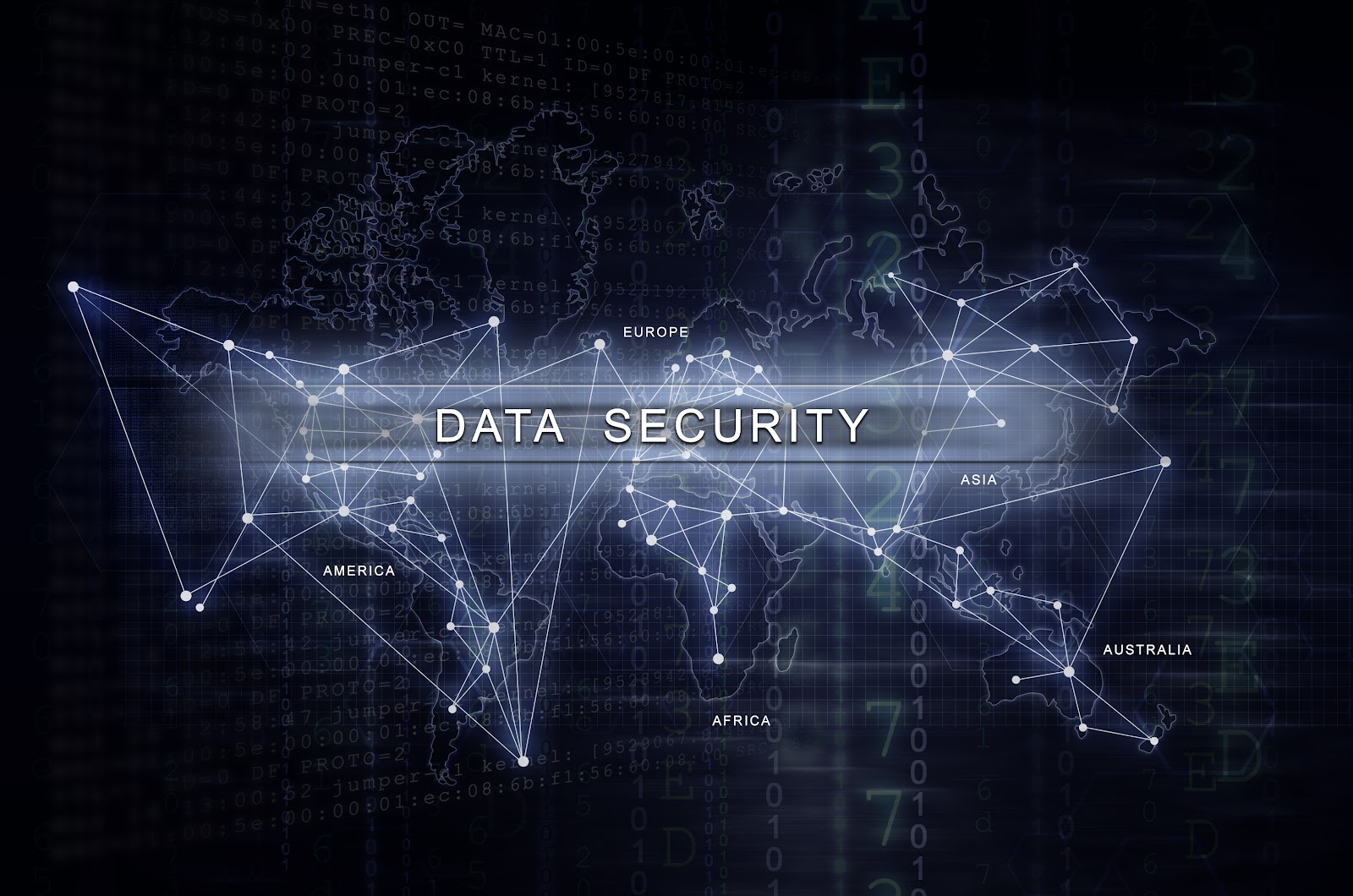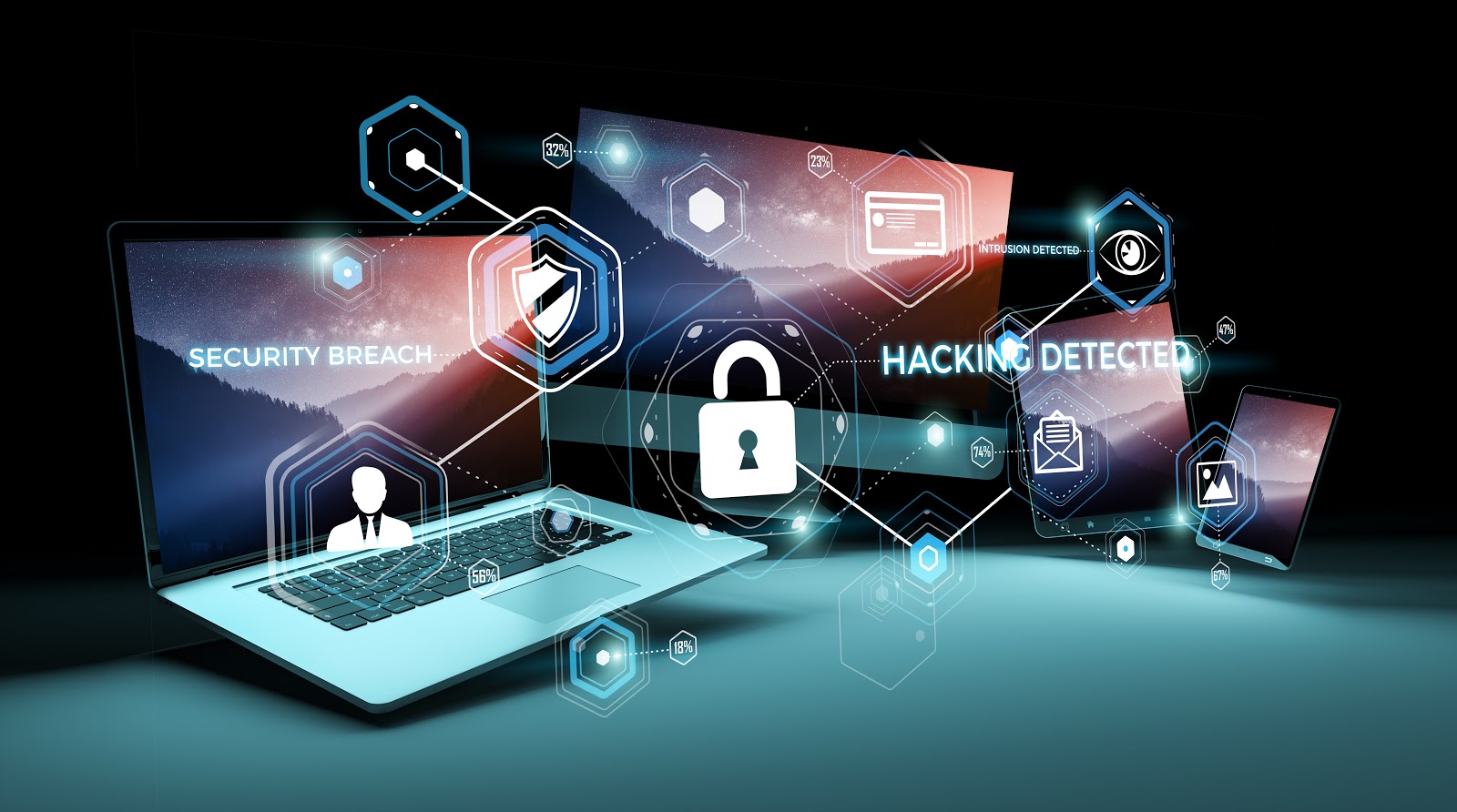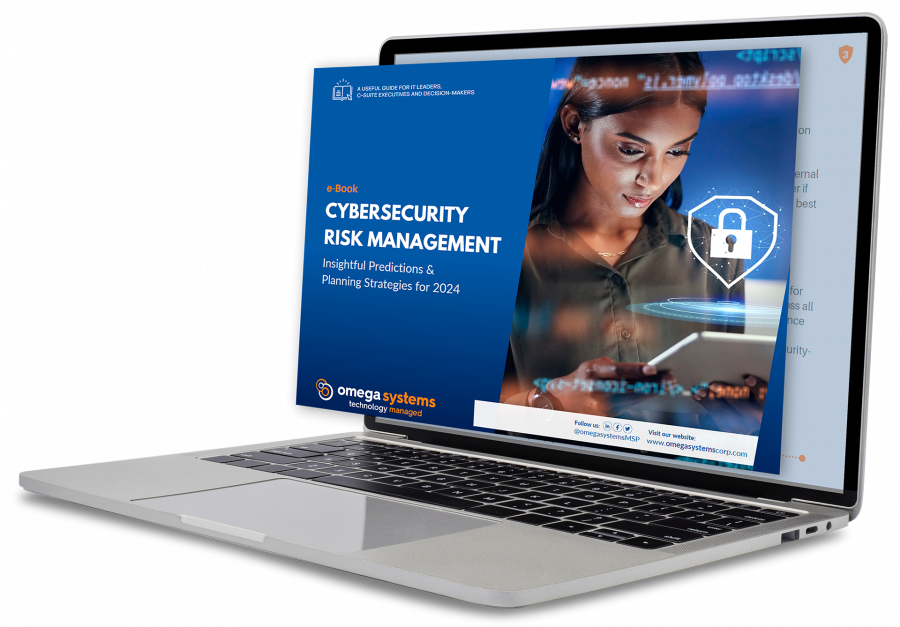
You may not know this, but everyday cybercriminals are developing more sophisticated hacks to beat the anti-virus software released simultaneously. You can guarantee that they're always keeping up with the next security patch. This means network security and your plans on how to approach suspicious activity is more important than ever.
Even organizations that have anti-virus installed have experienced attacks. You can never be too prepared. For example, having safe remote access planning is so important. This is because hackers use remote device network access as an opportunity to penetrate your systems.
Rootkit for example, is a form of malware that's extremely hard to detect because it's processes are hidden from view. It boots up along with the machine and gives the hacker administrator's access. It's main function is to keep malware detection applications and other security tools from functioning to their full capacity. With threats like this, you need to stay prepared because your data and business depend on it.

With more devices on your network than ever your organization is more exposed to social engineering. Your perimeter is what's keeping you from direct contact with cybercriminals. It's protection should be a necessity to your organization. This can only be done successfully with the appropriate monitoring and threat detection so attacks can be responded to promptly.
You might think that your basic firewall is enough to defend your organization from malicious internet traffic and phishing schemes. That should only be the baseline of your protection though.
There are other solutions you can and should take advantage of to keep yourself secure. When it comes to cybersecurity, more protection is always better. A Managed Service Provider (MSP) will take a layered approach to your protection.
The Layers and What They do
Next Generation Firewalls (NGFW)

Next Generation Firewalls have newer rules and more robust security mechanisms for continuous monitoring and automatic threat detection. You also have the added benefit of the organization of traffic based on accurate identification of an application. Along with that, NGFWs offer a wide range of security competencies.
In addition to features such as web filtering, malware detection, URL filtering, encryption, and anti-virus. These features are directly related to security and controlling what users and systems can do on top of preventing network attacks.
Intrusion Detection Systems (IDS)

With a Managed Service Provider your network will be monitored in real time to defend against on-going threats. With network Intrusion Detection Systems (IDS), your organization is given the notice it needs to assess potential cyberattacks.
IDS is a software application that ensures your network is supervised. It tracks any any malicious traffic or odd activity patterns will be detected and logged for future reference.
By examining network traffic at all times Intrusion Detection Systems keep you prepared for attacks. Including ones that are similar to ones you’ve already experienced. This is referred to as signature based IDS.
Once there is a detected intrusion, IDS alerts the designated contact or triggers the technology required for recovery processes. This way the correct action can be taken to prevent the attack. There’s also statistical anomaly based detection, compares network activity against each other. That way they can get a sense of what is foreign activity and what is common.
Intrusion Prevention Systems (IPS)

Intrusion Prevention Systems work along with IDS but take things a step further. IPS stopS attacks before they impact your operations or you experience data loss. IDS is a software application that acts as an alert and IPS actually takes action to block an attack.
It stops malicious traffic before it can enter your network and negatively impact your environment. It acts as a control system that filters network activity and examines your data packets
IDS and IPS combined offer you an additional later of security through their robust scanning and monitoring capabilities. The goal is to detect and prevent. That way your perimeter is as protected as possible. In today's world devices can generate thousands of alerts each day.
This causes a great deal of false positives. This can make it difficult to identify the appropriate action to take at that point in the attack. IPS is so significant because it indicates to your team what steps need to be taken next.If you're interested in learning more about a layered approach to security contact The TNS Group today to get started.
Categories: Managed Service Provider, MSP Blogs




